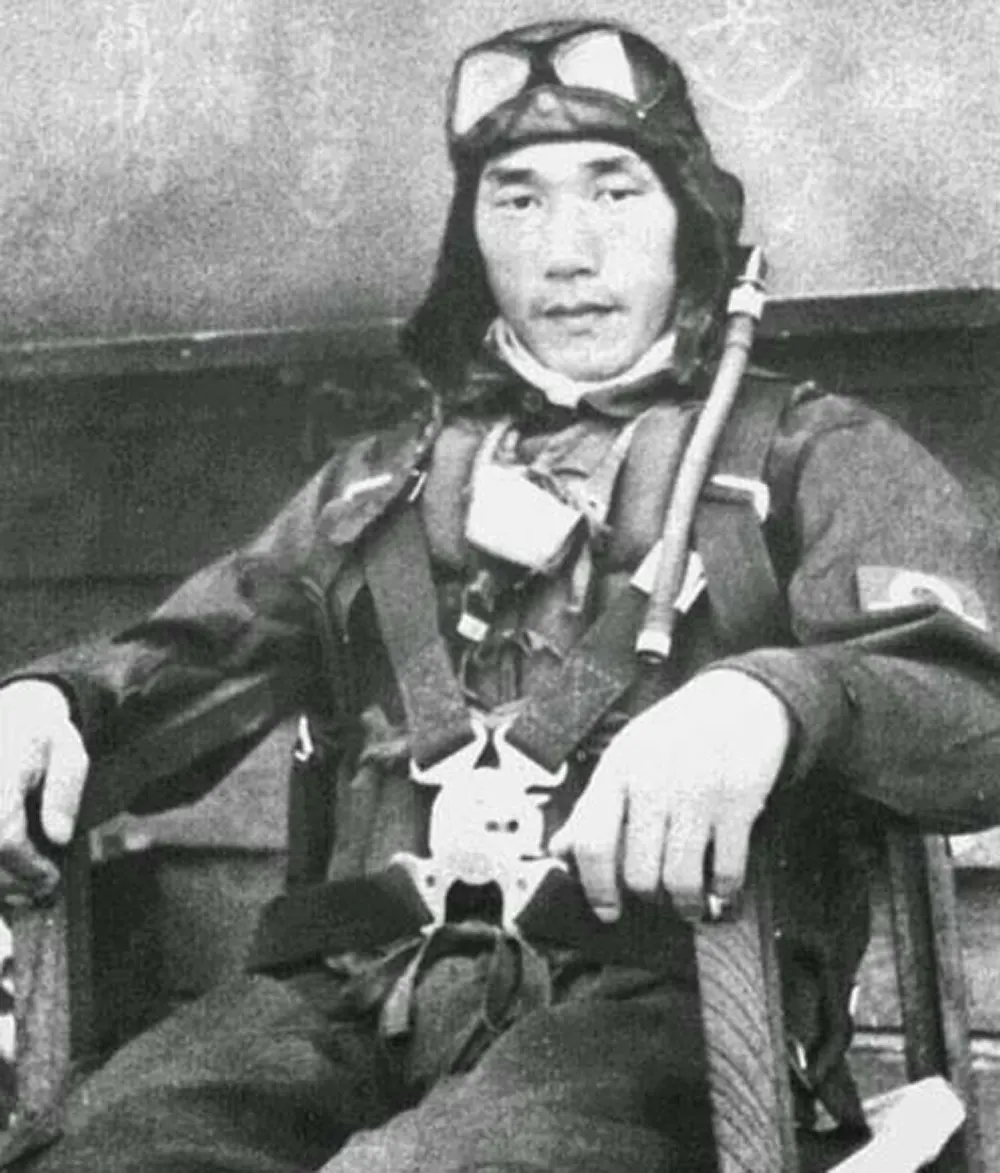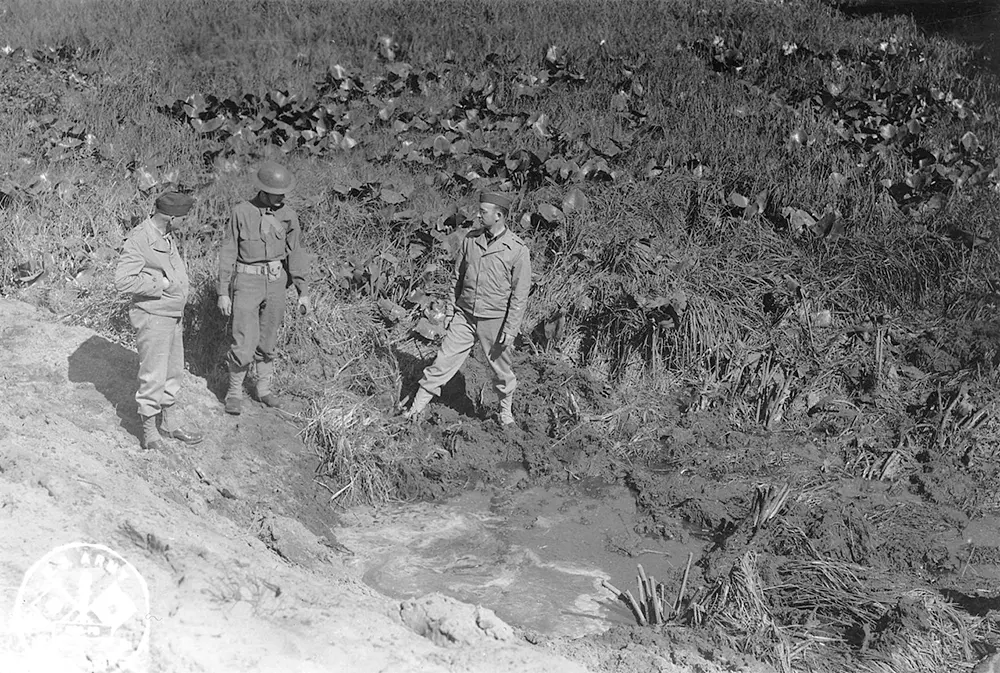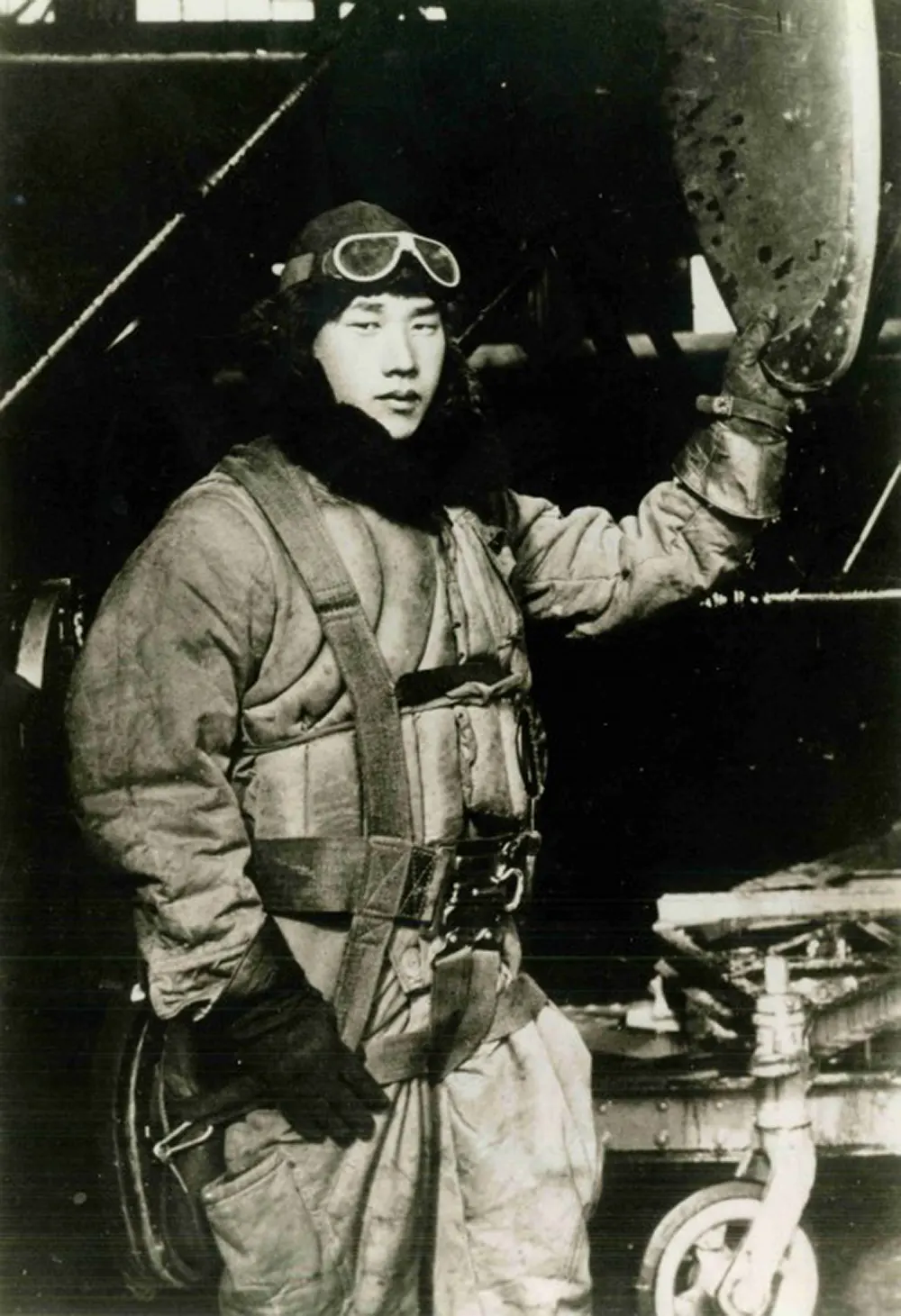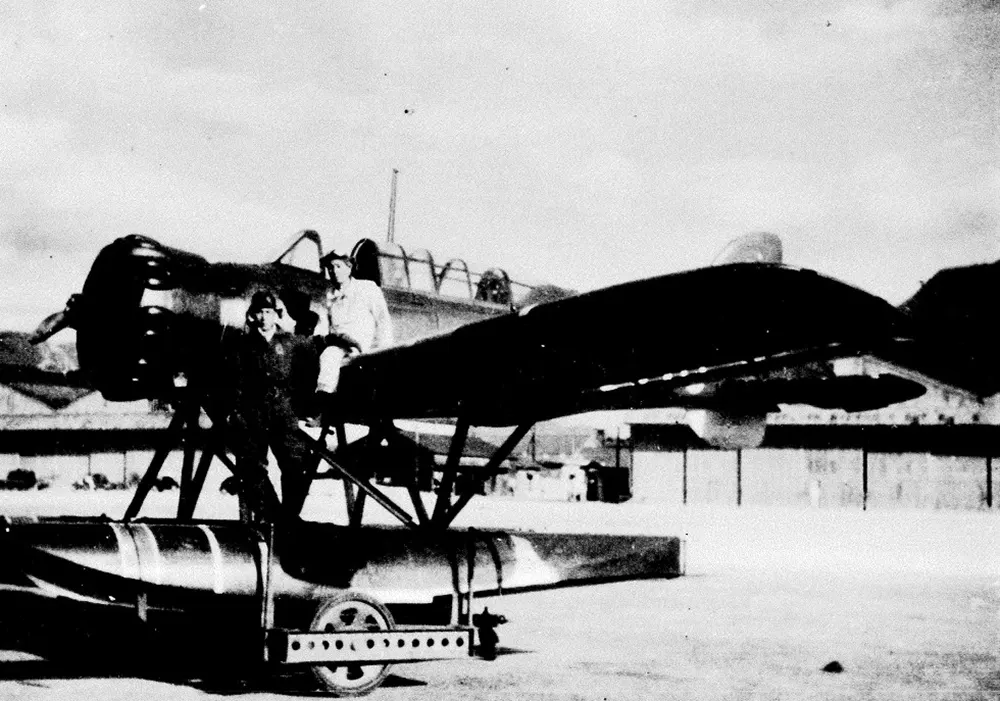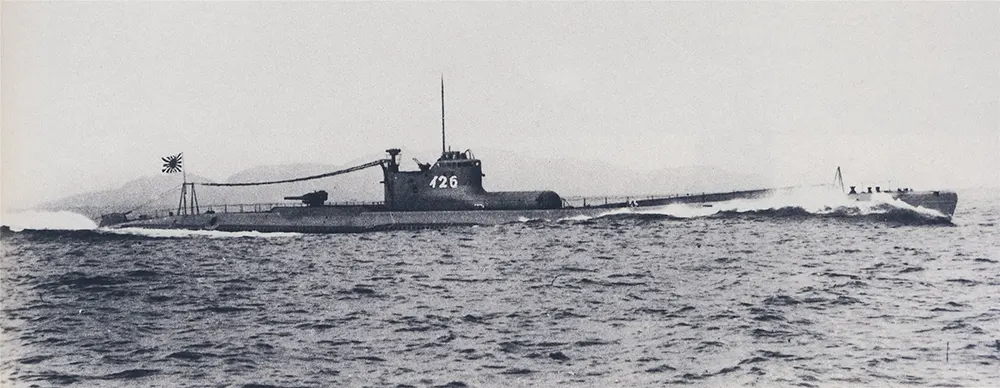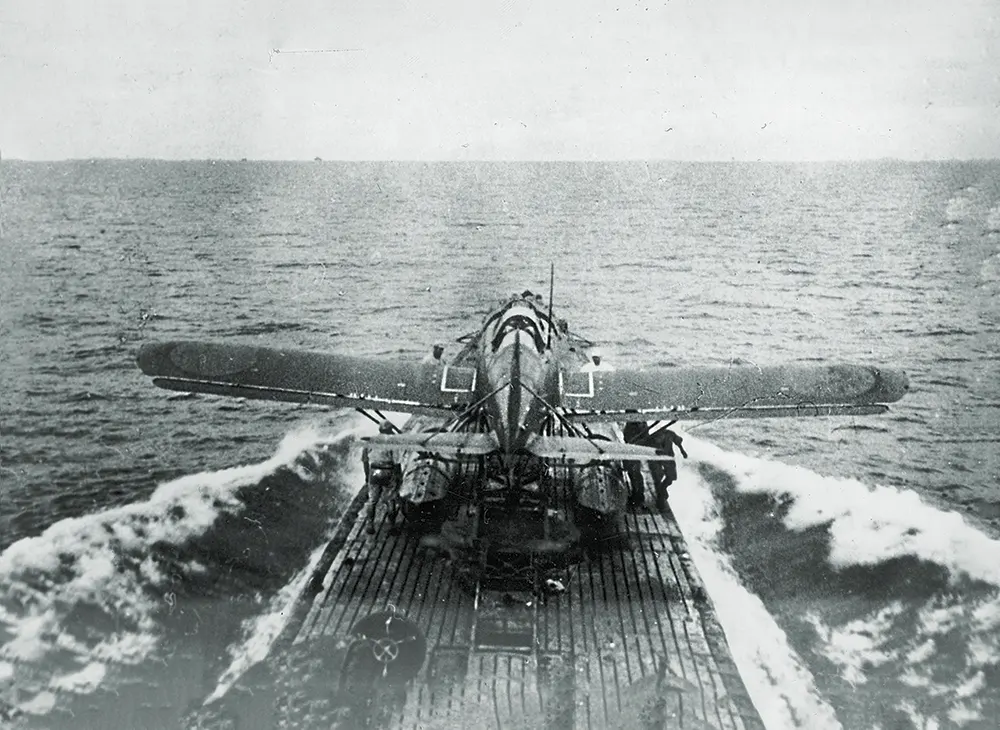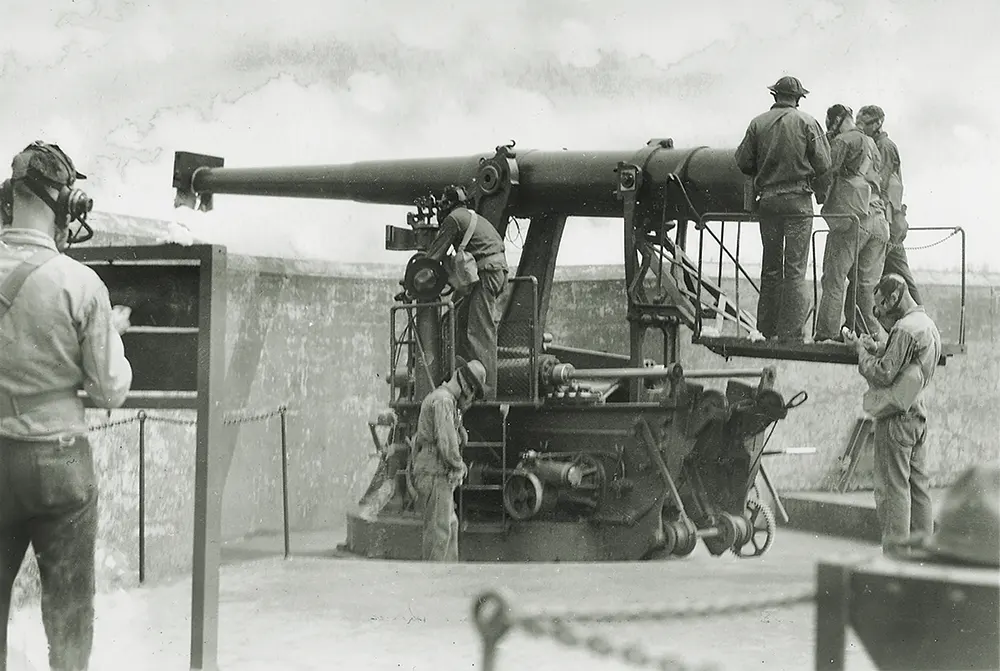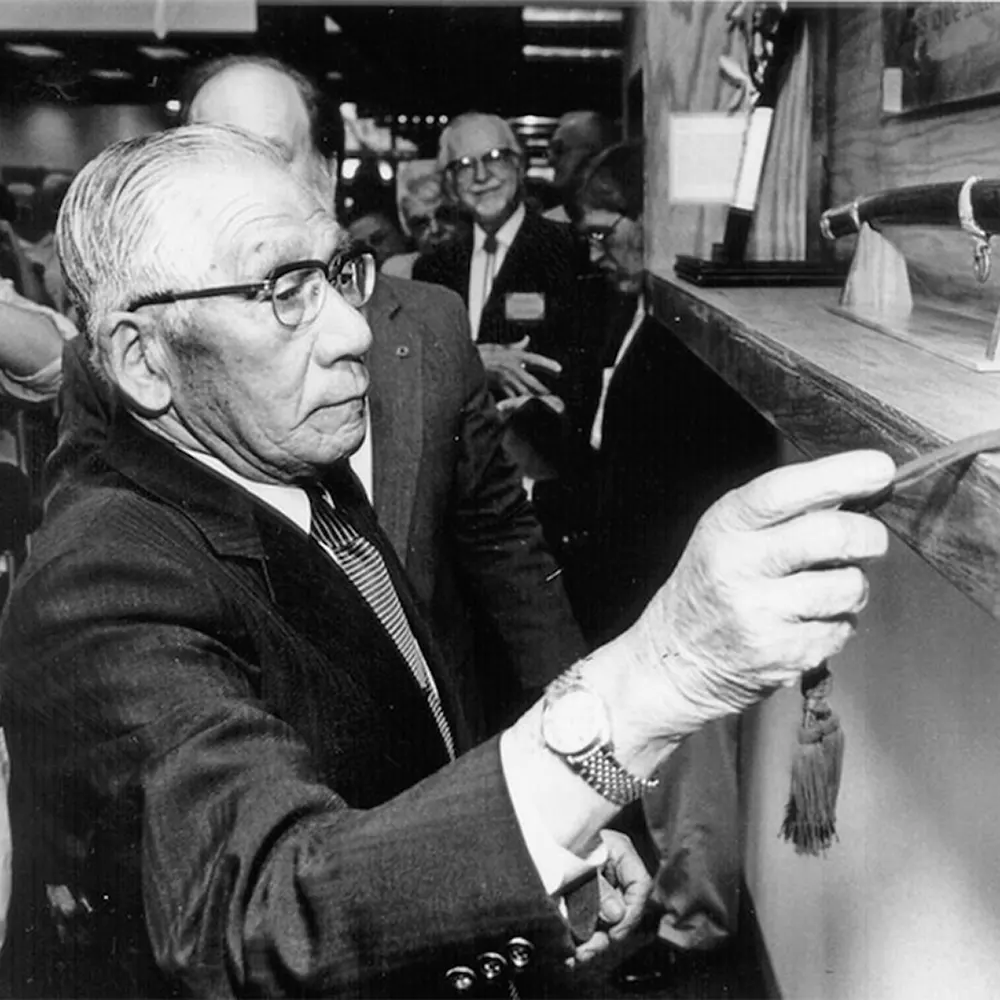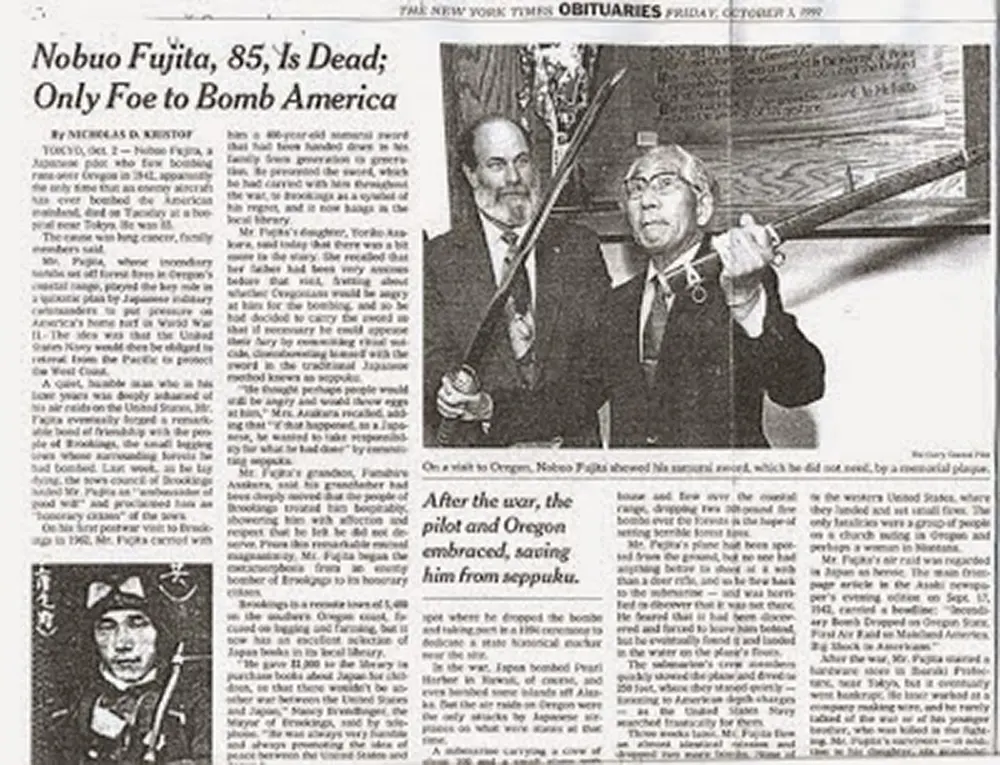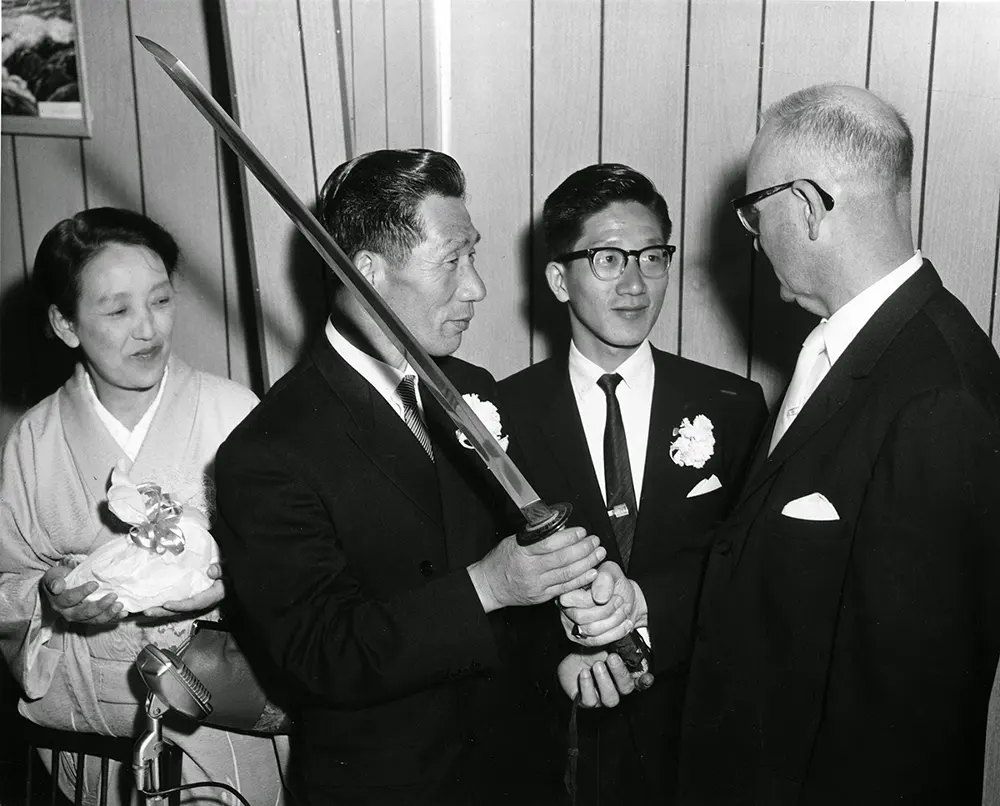And, of course, U.S. territory in one form or another was bombed in Guam, Hawaii, Alaska, and a few other areas in the Pacific, but those were not part of the continental US. Nobuo Fujita flew a floatplane from the long-range submarine aircraft carrier I-25 and conducted the Lookout Air Raids in southern Oregon on September 9, 1942, making him the only Axis pilot during World War II to aerial bomb the contiguous United States. Japanese submarine I-25, with a crew of about 100, surfaced before dawn on 9 September 1942 just off the coast of Oregon after crossing the ocean outside of normal shipping lanes. The location was not chosen by chance: the I-25 was quite familiar with the area. In December 1941, it had attacked two oil tankers at the nearby mouth of the Columbia River protected by Fort Stevens. Not spotting the sub, the fort’s guns remained silent, perhaps out of fear of giving away their location to no purpose. The I-25 damaged the empty oil tanker S.S. Connecticut by torpedoing it with one of its 17 torpedoes, then slunk away. I-25 returned again the following summer. On the night of June 21, 1942, the I-25, under the command of Commander Tagami, opened fire on Fort Stevens with its 5.5 deck gun after maneuvering around minefields it knew about from the previous attack. Seventeen shells landed on the military reservation without causing significant damage. Fort Stevens became the only military installation in the contiguous United States to be shelled by a foreign enemy warship since the War of 1812. The next attack happened three months later. On Wednesday morning, September 9, 1942, the submarine I-25, under the command of Lieutenant Commander Akiji Tagami, surfaced west of Cape Blanco. The submarine launched a “Glen” Yokosuka E14Y floatplane, flown by Warrant Officer Nobuo Fujita and Petty Officer Okuda Shoji, with a load of two incendiary bombs of 76 kilograms (168 lb) each with the intention of starting a forest fire. Howard “Razz” Gardner spotted and reported the incoming “Glen” from his fire lookout tower on Mount Emily in the Siskiyou National Forest. Although Razz did not see the bombing, he saw the smoke plume and reported the fire to the dispatch office. He was instructed to hike to the fire to see what suppression he could do. Dispatch also sent USFS Fire Lookout Keith V. Johnson from the nearby Bear Wallow Lookout Tower. Fujita dropped two bombs, one on Wheeler Ridge on Mount Emily in Oregon. The location of the other bomb is unknown. The Wheeler Ridge bomb started a small fire 16 km (9.9 mi) due east of Brookings. The two men proceeded to the location and were able to keep the fire under control. Only a few small scattered fires were started because the bombs were not dropped from the correct height. The men stayed on scene and worked through the night keeping the fires contained. In the morning, a fire crew arrived to help. A recent rain storm had kept the area wet, which helped the fire lookouts contain the blaze. After the bombing, I-25 came under attack by a USAAF aircraft on patrol, forcing the submarine to dive and hide on the ocean floor off Port Orford. The American attacks caused only minor damage, and Fujita flew a second bombing sortie three weeks later on 29 September. Fujita used the Cape Blanco Light as a beacon. After 90 minutes flying east, he dropped his bombs and reported seeing flames, but the bombing remained unnoticed in the U.S. The submarine torpedoed and sank the SS Camden and SS Larry Doheny and then sailed for home. On its way to Japan, I-25 sank the Soviet submarine L-16, which was in transit between Dutch Harbor, Alaska, and San Francisco, California, mistaking it for an American submarine (Japan and the USSR were not at war at the time). Fujita continued as an Imperial Japanese Navy pilot, mainly in reconnaissance duties, until 1944, when he was transferred to the training of kamikaze pilots. After the war, he opened a hardware store in Ibaraki Prefecture and later worked at a company making wire. Fujita was invited to Brookings in 1962, after the Japanese government was assured he would not be tried as a war criminal. He gave the City of Brookings his family’s 400-year-old katana in friendship. Ashamed of his actions during the war, Fujita had intended to use the sword to commit seppuku if he were given a hostile reception. However, the town treated him with respect and affection, although his visit still raised some controversy. During the visit, Fujita received a dedicatory letter from an aide of President Ronald Reagan “with admiration for your kindness and generosity.” Fujita returned to Brookings in 1990, 1992, and 1995. In 1992, he planted a tree at the bomb site as a gesture of peace. In 1995, he moved the samurai sword from the Brookings City Hall into the new library’s display case. He was made an honorary citizen of Brookings several days before his death at a hospital in Tsuchiura, Ibaraki Prefecture, on September 30, 1997, at the age of 85.
(Photo credit: Wikimedia Commons / World War II by Film Inspector / Flickr / Britannica / US Army Archives). Notify me of new posts by email.
Δ Subscribe
